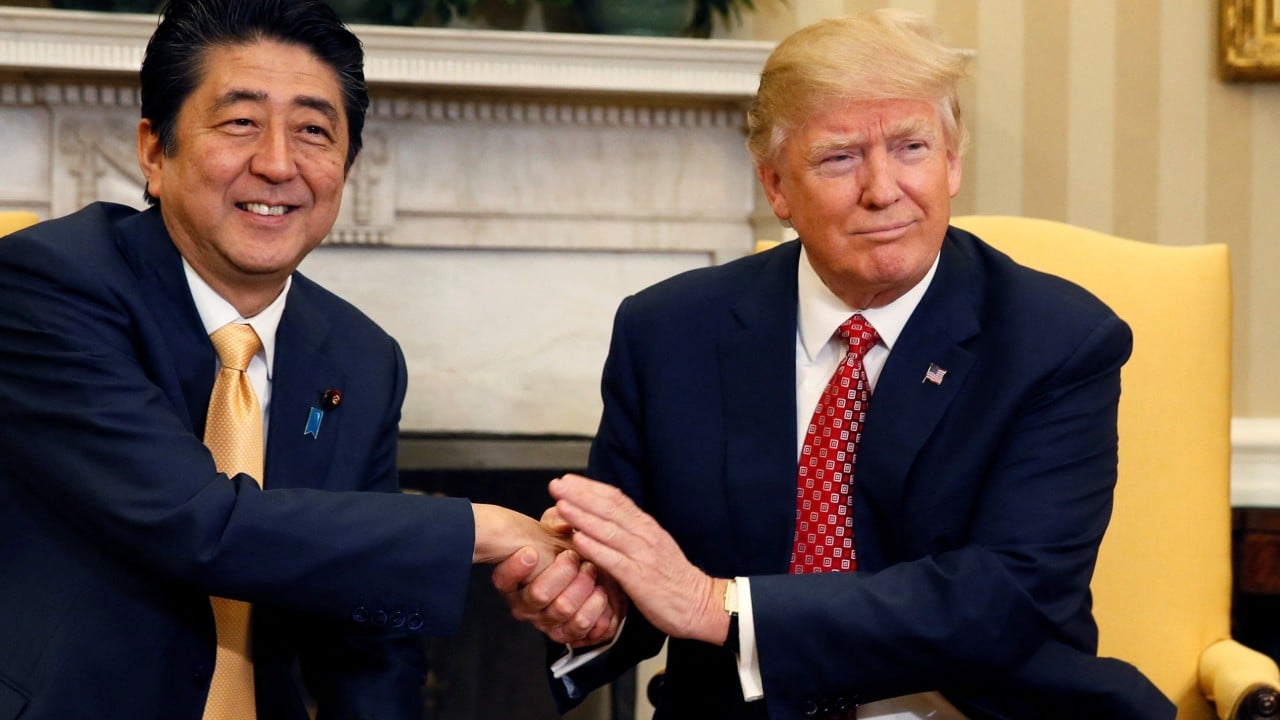Open a book of maps and look for the “Indo-Pacific” region – it likely won’t be there.
Advertisement
Yet the Indo-Pacific is now central to how many countries think about strategy and security. It describes a region spanning two oceans and dozens of countries, encompassing much of the world’s trade routes.
The Indo-Pacific did not emerge from the patterns of ancient trade, nor from long-standing cultural or civilisational ties.
Instead, the concept comes from the realms of political science and international relations. The term can be traced back to the work of German political scientist and geographer Karl Haushofer – who was notably favoured by Adolf Hitler – in the 1920s. But it only truly gained traction in think tanks and foreign policy-setting departments in Washington and other Western capitals in the late 20th and early 21st centuries.
It coincided with a shift in the global balance of power from a unipolar world – dominated by one superpower – to a multipolar one over the past decade or so.
‘Confluence of the two seas’
For much of the Cold War, the United States treated the Pacific and Indian oceans as separate areas of operation. Its military forces in the region, known as US Pacific Command, focused on East Asia and the western Pacific. In contrast, the Indian Ocean figured mainly in energy security discussions, tied to the Middle East and the flow of oil through the Strait of Hormuz, which connects the Persian Gulf to the Arabian Sea.

